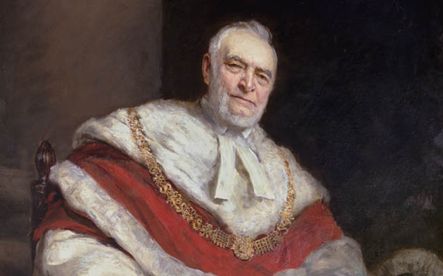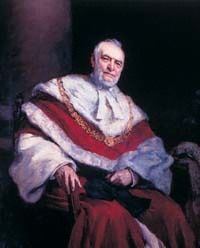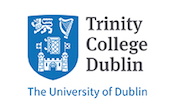The Palles Society for Private Law was launched in Trinity College Dublin on Thursday 22 November 2018 last. The Honourable Russell Brown, Justice of the Supreme Court of Canada, delivered a keynote lecture on the topic of
Indeterminacy in the Duty of Care Analysis.
The event was chaired by His Excellency Kevin Vickers, Ambassador of Canada to Ireland.
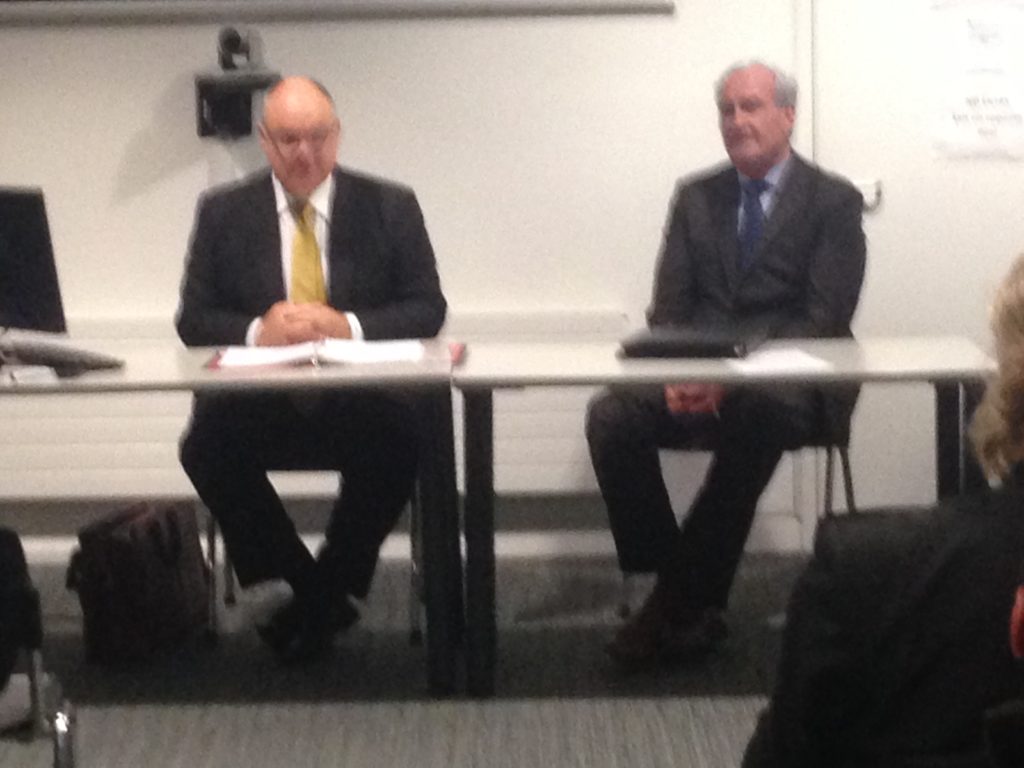
Brown J began with the observation that Chief Baron Palles was particularly influential in the development of tort law. As a consequence, Brown J took us on journey from Palles CB’s decision in Bell v Great Northern Railway Company of Ireland (1890) 26 LR (Ir) 428, through the Irish Supreme Court’s decision in Glencar Exploration plc v Mayo County Council [2002] 1 IR 84, [2002] 1 ILRM 481, [2001] IESC 64 (19 July 2001), to the Supreme Court of Canada’s decision in Deloitte & Touche v Livent Inc [2017] 2 SCR 855, 2017 SCC 63 (CanLII) (20 December 2017).
The first part of his lecture concerned the roles of foreseeability, proximity and policy in the derivation of a duty of care in the tort of negligence. In particular, Brown J considered the current status of Anns v Merton London Borough Council [1978] AC 728, [1977] UKHL 4 (12 May 1977) in Canada (after Kamloops v Nielsen [1984] 2 SCR 2, 1984 CanLII 21 (SCC) (26 July 1984) as refined in Cooper v Hobart [2001] 3 SCR 537, 2001 SCC 79 (CanLII) (16 November 2001)) and in Ireland (after Glencar (above)).
He then introduced the notion of indeterminacy, in the context of potentially limitless liability for pure economic loss. As Cardozo J famously put it in Ultramares Corporation v Touche 174 NE 441, 444 (NY, 1931), the law should not permit “liability in an indeterminate amount for an indeterminate time to an indeterminate class”. But Brown J’s thesis is that these concerns can be too easily overstated, and can be properly met by the sensitive and careful application of the Anns test. He warned against permitting the indeterminacy tail wagging the duty of care dog. And he argued, in particular, that the defendant cannot be liable for a risk of injury against which he did not undertake to protect, and that the Anns test provided a principled basis upon which to determine both the existence and the scope of a duty of care.
For Brown J, the the first question is always whether the law recognises that the subject-matter of the loss is one that ought to be compensable (referring to Saadati v Moorhead [2017] 1 SCR 543, 2017 SCC 28 (CanLII) (02 June 2017) in which the Supreme Court of Canada reached the same conclusion as Palles CB had done in Bell (above) though without the benefit of the Chief Baron’s judgment). He argued that pure economic loss sometimes occurs without injuring the plaintiff’s rights, and for that reason is irrecoverable. Hence, where the plaintiff suffers pure economic loss as a result of the defendant negligently damaging the property or person of a third party, the plaintiff has no cause of action in negligence against the defendant in respect of this relational economic loss (see Simpson & Co v Thomson, Burrell (1877-1878) LR 3 App Cas 279 (HL)). Since such relational economic loss is not a loss that ought to be compensable, much potential indeterminacy is avoided.
Brown J then argued that, even where the subject-matter of the loss may be compensable, no duty of care may arise having regard to the proper application of the proximity limb of the Anns test. He acknowledged that apex courts, including his own, have struggled to define proximity. For him, the plurality’s approach to it in Canadian National Railway Co v Norsk Pacific Steamship Co [1992] 1 SCR 1021 left much to be desired. Instead, he commended to us his own reasons, with Gascon J, in Livent (above) [25]-[26], [29]-[30] (internal citations omitted):
Assessing proximity in the prima facie duty of care analysis entails asking whether the parties are in such a close and direct relationship that it would be just and fair having regard to that relationship to impose a duty of care in law … the term “proximity” is still used, in part, as a shorthand description of those categories of relationships in which proximity has already been found to exist … If a relationship falls within a previously established category, or is analogous to one, then the requisite close and direct relationship is shown. …
Where an established proximate relationship cannot be found, courts must undertake a full proximity analysis. To determine whether the close and direct relationship which is the hallmark of the common law duty of care exists, courts must examine all relevant factors arising from the relationship between the plaintiff and the defendant … In cases of pure economic loss arising from negligent misrepresentation or performance of a service, two factors are determinative in the proximity analysis: the defendant’s undertaking and the plaintiff’s reliance. Where the defendant undertakes to provide a representation or service in circumstances that invite the plaintiff’s reasonable reliance, the defendant becomes obligated to take reasonable care. And, the plaintiff has a right to rely on the defendant’s undertaking to do so. These corollary rights and obligations create a relationship of proximity …
He argued that such proximity would be established where the defendant knew the identity of the class of plaintiffs who would rely on its representation; and he gave as an example of this the decision of the Supreme Court of Canada in Haig v Bamford [1977] 1 SCR 466, 1976 CanLII 6 (SCC) (01 April 1976). Here, a firm of chartered accountants were retained to prepare financial statements for a company which was seeking investors. The firm were aware that the company intended to supply the statements to a very limited class of potential investors, of which the plaintiff was a member. The statements were prepared negligently; the plaintiff invested, but took a loss. The Supreme Court of Canada held that the accountants owed a duty of care to the plaintiff. The precision of the approach in Haig was lost in Hercules Managements v Ernest & Young [1997] 2 SCR 165, 1997 CanLII 345 (SCC) (22 February 1997), but recovered in Livent.
Brown J acknowledged that attempts to establish cutoff points for the sake of cutoff points is often understandable, but he argued that they are unprincipled, and he concluded that indeterminate liability is best avoided by the proper application of the duty of care analysis.
After a lively session of questions and answers, the evening concluded with a presentation of a copy of VTH Delany’s biography of Chief Baron Palles to Justice Brown.
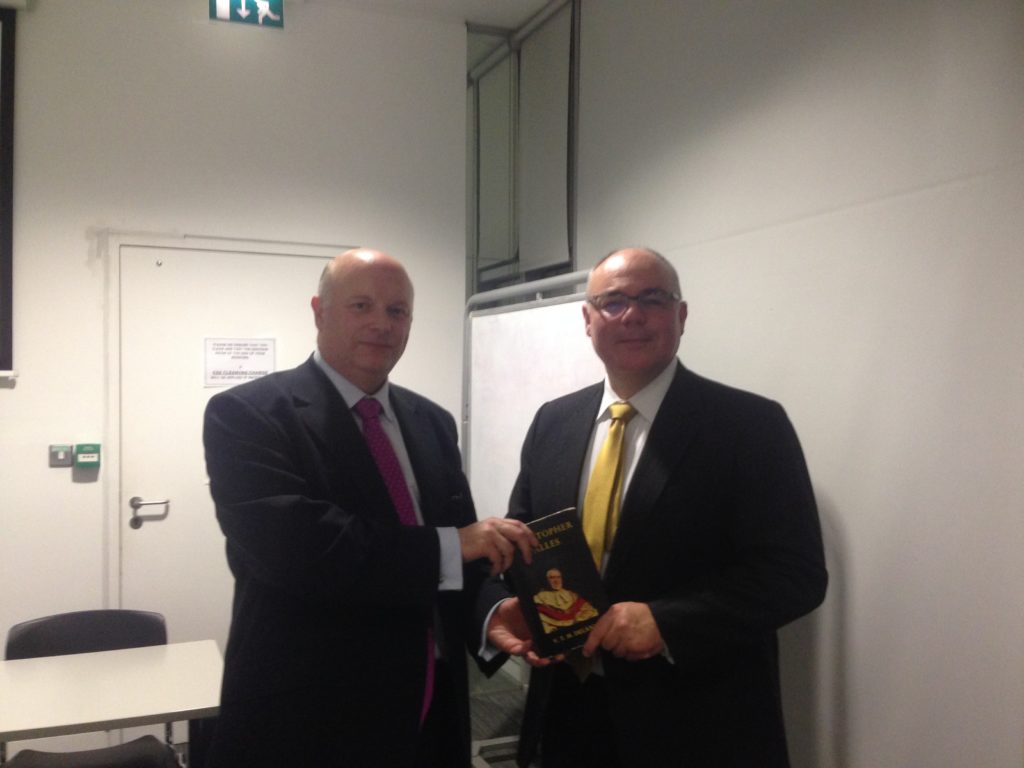
Justice Brown’s lecture provided the perfect launch for the Palles Society. It was presented with the support of the Private Law Group (PLG) in the School of Law, Trinity College Dublin, the Events Fund of the Faculty of Arts, Humanities and Social Sciences (FAHSS), Trinity College Dublin, and the Ireland Canada Business Association (ICBA). The Palles Society is very grateful to the PLG, the FAHSS, and the ICBA, for their generosity.

The Society is named for Christopher Palles, Chief Baron of the Exchequer in Ireland from 1874 until 1916; and it conceives of private law in very broad terms. If you are interested in receiving more information about the Society, please subscribe to our mailing list, follow @PallesSociety on twitter, or send us an email.
